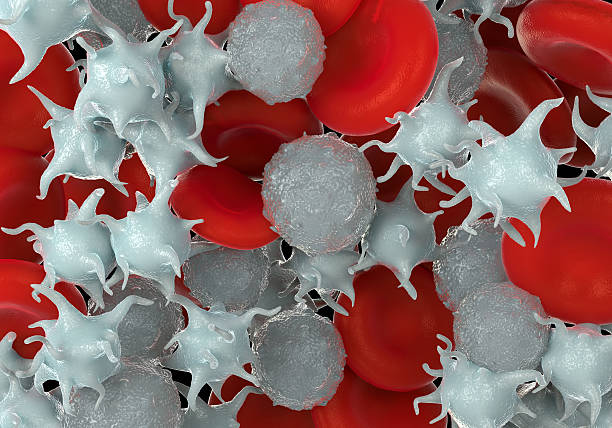Some of the home remedy for ants invasions include boiling water, duct tape, instant grits, garlic, onion and pepper mix, and cucumber peels. Ants represent serious headaches for millions of households all around the world. Unfortunately, there is no proven method so far to get rid of them in a guaranteed way, but there are a number of helpful home solutions.
The problem is, ants have strengthened their immune systems against chemicals which have been used to eradicate them, in subsequent seasons, they continue to annoy homeowners. Therefore, most of the ways which are used for home remedies against ants are basically meant to ward them off, rather than kill them.
During warm weather or rainy seasons, ants can be found all over the house, especially in the kitchen, dining, and garden area. The best idea for keeping ants away is to keep the house as clean as possible so that they have no interest in entering. According to the Texas Imported Fire Ant Research and Management Project, ants are pests of urban, agricultural and wildlife areas and can pose a serious health threat to plants and animals.
You will see them carrying small food particles in long lines. You can fix this by breaking the line and eliminating the food source as soon as you see this happening. You can do this by wiping up the line with a wet sponge. Also, always keep the trash sealed and tight.
Home Remedy for Ants

Some of the most successful and reliable home remedy for getting rid of ants are listed below:
Duct Tape
This can be useful to save your plants and trees. Wrap the tape around the trunk with the sticky side outwardly. It will stick all the ants, and they will either die or be unable to move and fall prey to other bugs.
Dried Mint
Simply sprinkle the dried mint at the doors, entryways and garbage areas to get rid of ants.
Vinegar
Vinegar, like apple vinegar or normal white vinegar, can be efficient in killing ants. Due to its fungicidal and insecticidal properties, vinegar helps in eradicating ants.
Boiling Water
You can pour a kettle of boiling water directly onto the ant hills to protect your home.
Ant Powder
You can sprinkle tartar cream, chili powder, powdered chalk, powdered cleanser, talcum powder and cinnamon thoroughly in affected areas. Ants can never enter these areas since the smell is so powerful.
Garlic, Onion and Pepper Mix
Let a mixture of 1 quart of water, 1 tablespoon of cayenne pepper, 1 onion, and 1 garlic clove sit for an hour. Then, mix in liquid dish-washing soap. Your homemade spray is ready.
Cucumber Peels
Cucumber peel can be used as an excellent ant repellent. Put them in the areas affected by ants and you will notice that they will disappear in no time.
Mint Oil Spray
The essential oil of mint is also found in the mint aroma. This is easily available in most markets. Just get it and spray the area where ants commonly come, and it will act as a serious deterrent.
Molasses Paste
This paste is made from 1/3 cup of molasses, 6 tablespoons of sugar (granulated), and 6 tablespoons of active and dry yeast. Stir until they become smooth and nicely blended. Place the mixture in very small portions where ants are frequently found.
Plantation of Mints
You can grow mint trees like catmint, peppermint, and spearmint that encircle your home. The smell of mint disrupts the smelling capabilities of ants. Without their sense of smell, they will be unable to detect and find the food source and will look elsewhere.
How to kill ants?
The best natural way to kill ants is using white vinegar. Spray this at potential entry-points, dwellings, and where you see ants moving through your home, then wipe away the dead ants. You may need to repeat this periodically. Sodium borate (Borax) can be used to poison ants; mix with sugar and place where you see them.
How to get rid of ants?
White vinegar and lemon (both the juice and peel) deter ants from entering your home due to their smell and acidity; spray or place these in places where you think ants are making their way inside. Alternatively, sprinkle some cayenne pepper, cinnamon or peppermint oil at potential entry-points and dwellings.






